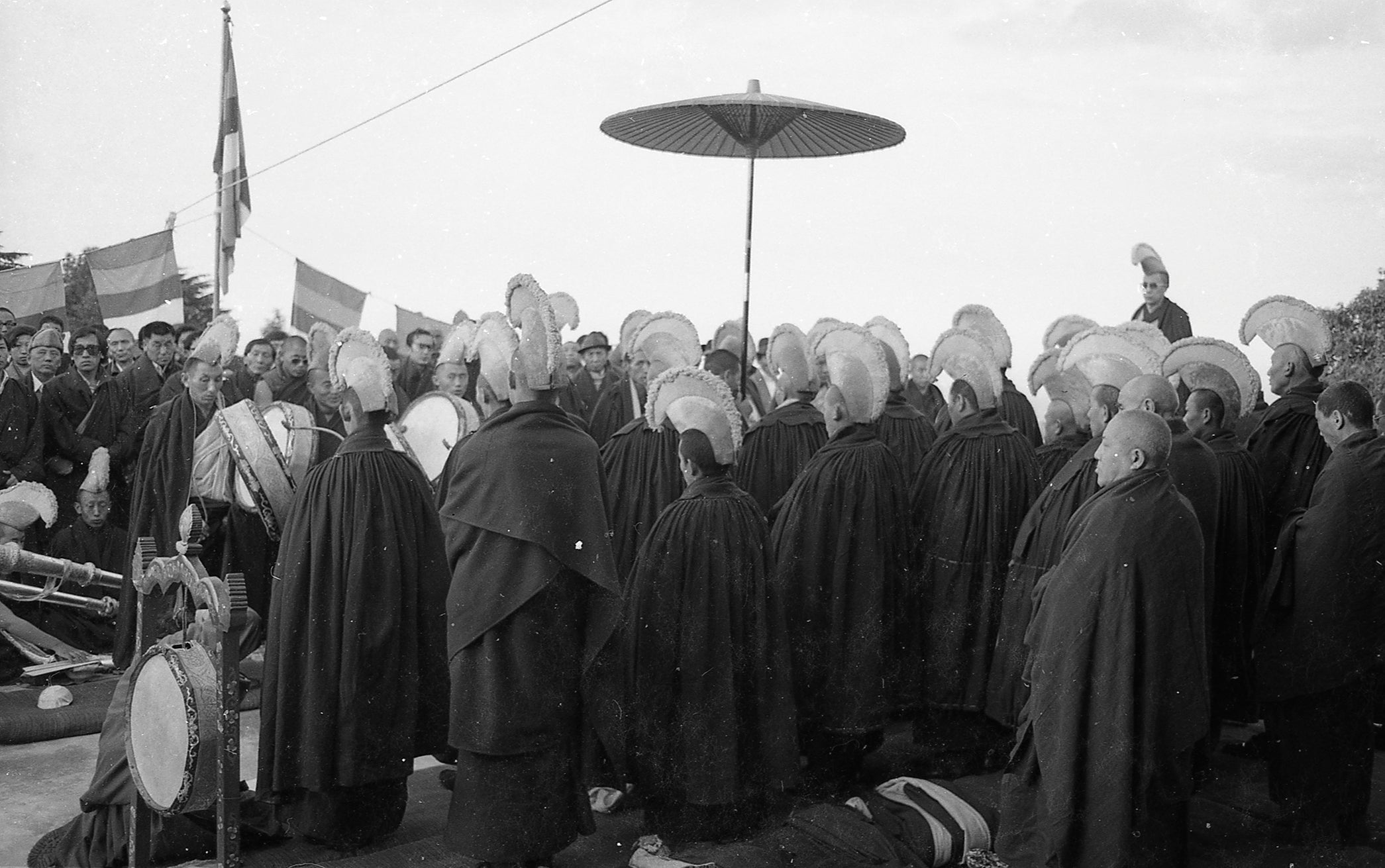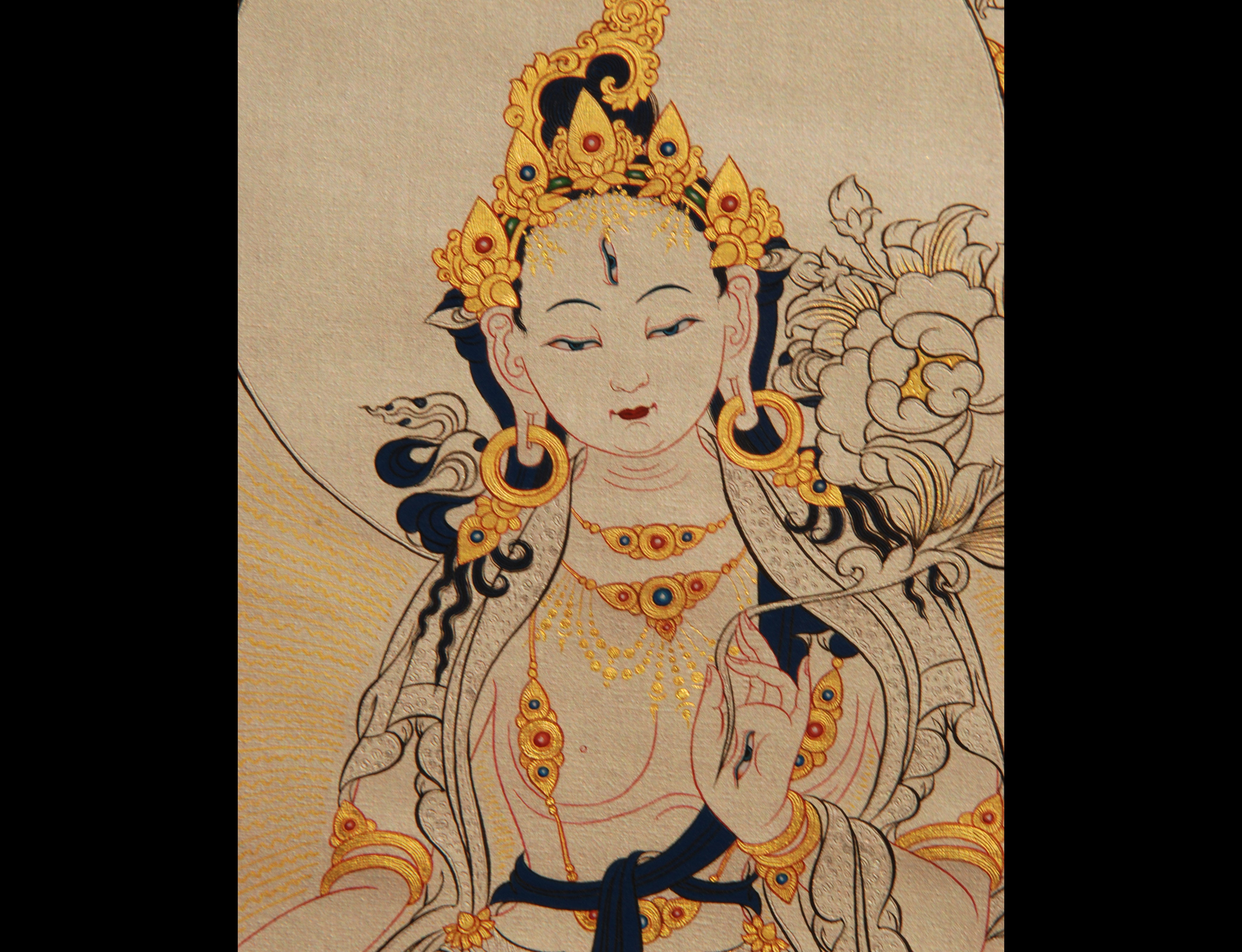
The Great Prayer Festival
The Great Prayer Festival, or Monlam Chenmo, was established by Je-Rinpoche, or Tsong Khapa, in Lhasa in 1409. The timing, the first two weeks of the New Lunar Year, or Losar was made to coincide with the celebrated display of the Buddha's miraculous powers.
Once when the Buddha was staying at Rajagriha, six religious adepts decided to challenge him to a contest of magical powers and stated their intention to his host, King Bimbisara. The Buddha accepted, and chose a site at Shravasti. A throne was prepared for each participant and the King Prasenajit of Khoshala, his court and thousands of spectators assembled to watch.
The Buddha’s first feat was to stick a tooth stick into the ground, from which sprouted an immense tree whose fruits were as large as chariot wheels, sweet as nectar, and whose scent satisfied all desires. The trunk and leaves were radiant like the seven jewels and the rustling of the wind through the leaves transformed into the words of religious discourse. Many people developed faith in the Buddha and generated an altruistic aspiration to gain enlightenment themselves.
Turning to the six challengers, the king invited them to demonstrate their own feats and as each thought the others were capable of performing magic, but knowing they were no match, they all sat with their heads bowed.
Next, a huge many coloured mountain, covered with fruit-laden trees appeared on each side of the Buddha. The food growing on one satisfied the appetite of countless people, while the grass growing on the other satisfied innumerable animals. Among the onlookers, many were reborn as gods in celestial realms and others achieved a high degree of spiritual development. Then, the Buddha created a pond which had a canal flowing into it and another flowing out in each of the four directions. The sound of running water was like a religious instruction to the people who heard it, teaching them about the five powers, the five forces, the seven branches of enlightenment, the eight-fold paths, the three doors of liberation, the five clairvoyances, the six perfections, great love, great compassion, the four immeasurables and so forth. Among those who listened, many attained one of the stages on the path of liberation, many were reborn in celestial realms and others gained much merit.
Golden rays of light radiated from the Buddha`s mouth dispelling the five poisons, anger, desire, ignorance, pride and jealousy from all beings on which they fell. People experienced a great sense of well-being in both body and mind. The Buddha then delivered a discourse as a result of which many people developed an altruistic aspiration for enlightenment. The Buddha continued to demonstrate miraculous feats until the fifteenth of the month, the length of time established for the Great Prayer Festival.






